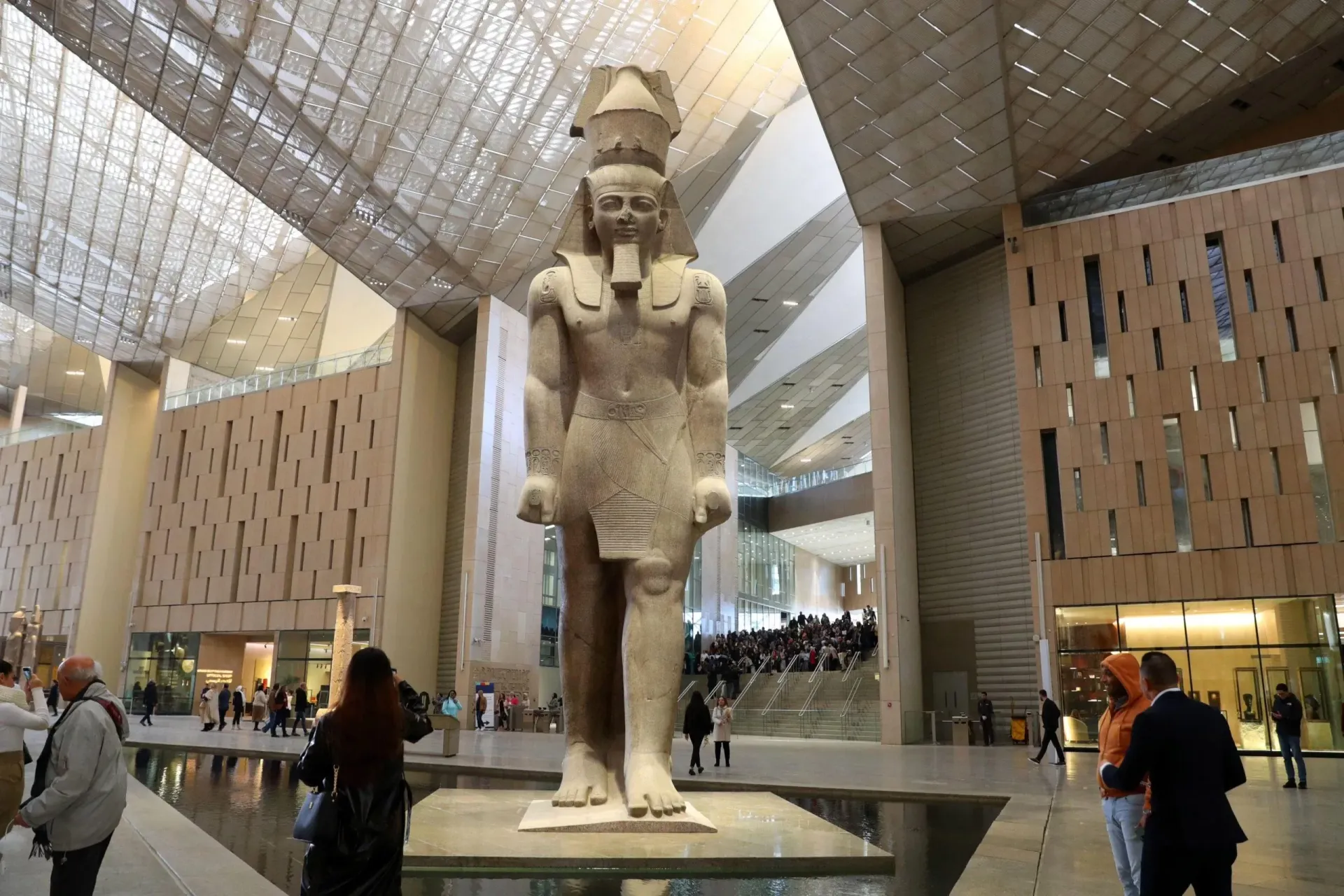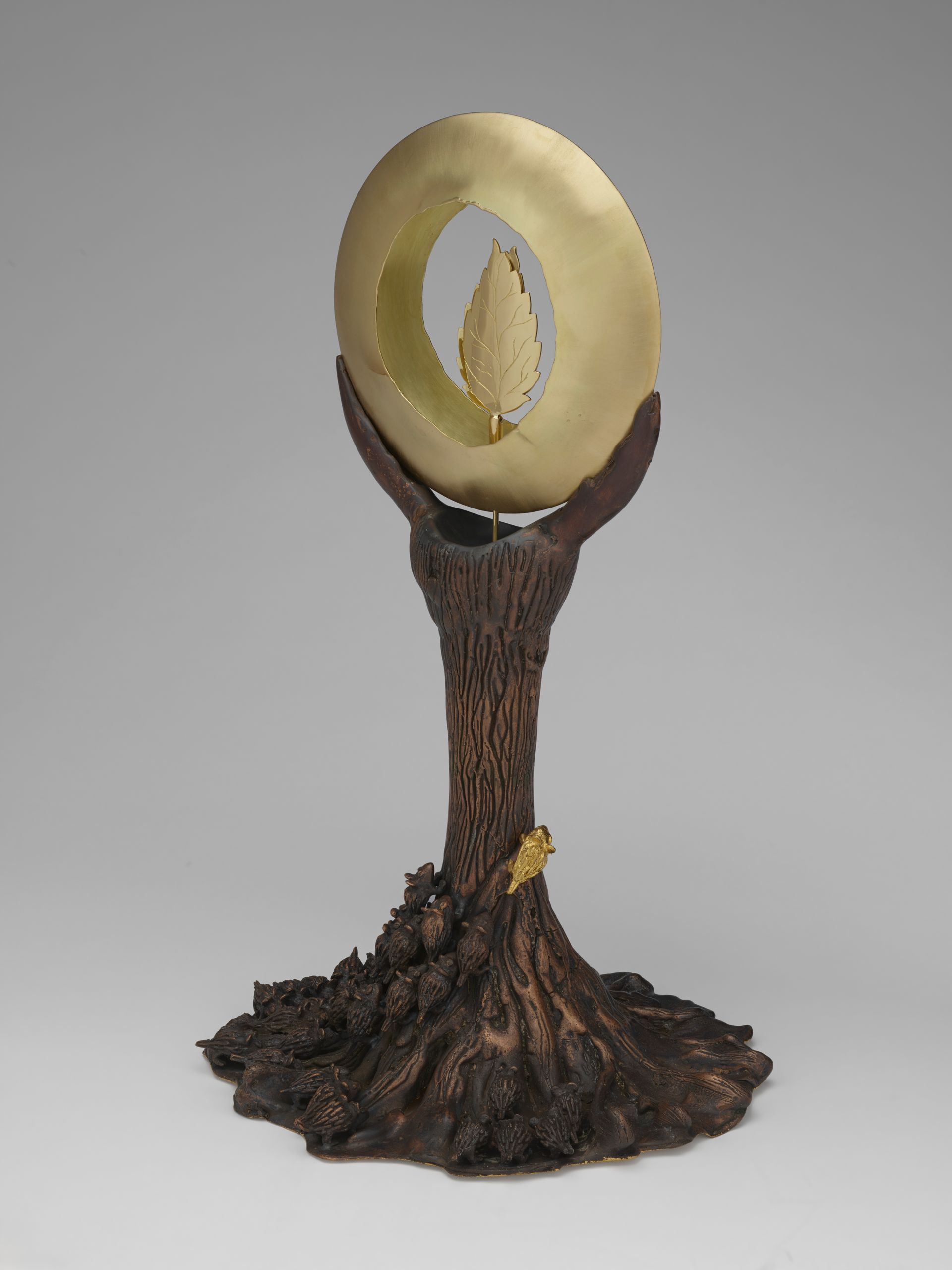Cultural Restitution
SHARE ARTICLE
A delegation of Shuar representatives from Ecuador visited the UK this month on a week-long programme to exchange knowledge, strengthen collaboration and learn how different museums in England are “looking after our ancestors”.
The delegation of leaders, elders, students and professors from Ecuador visited the British Museum, Science Museum and Pitt Rivers Museum, Oxford, before concluding with a public event held on 11 October and hosted by the Pitt Rivers at Oxford’s Museum of Natural History.
Launched eight years ago (2017) and originally titled ‘Rethinking Shuar Objects in (Inter)national Museums’, the project has brought Shuar communities and British curatorial teams together for the first time to discuss the on-going management of hundreds of Shuar objects in UK collections. Inevitably, the most sensitive area for investigation has involved the future care of tsantsas, known more widely as shrunken heads.
The first five years of the project involved trying to establish exactly what the different Shuar federations wanted for the future care of these remains. The care of other Shuar objects was also on the agenda. Following a visit by English museum representatives to Ecuador in 2022, all parties agreed to advance the project further, re-naming it ‘Proyecto Tsantsa’. Since then, the verification of tsantsas in UK collections has become one of the project's major priorities.
It appears, the more tsantsas are studied, the more questions are raised and the more tsantsas have come to light. Delegates explained there were lots of different ways of making tsantsas, as well as different reasons for making them. The principal reason was ceremonial, another involved commercial trading - one gun in exchange for one head! But while many were sold to western collectors, not all of them were human. In the Pitt Rivers collection, for instance, tomography has revealed that two of the heads in Oxford are monkeys and two are sloths. Only six are human.
It was during these investigations that the Pitt Rivers decided to remove their entire collection of tsantsas from public exhibition and place them in storage. It had become clear the Shuar communities did not want them on display. Laura van Broekhoven, Director of the Pitt Rivers, added she felt that public exhibition of these remains was not helpful in explaining what tsantsas are all about.
Curators at London’s Science Museum (48 tsantsas) and British Museum (17 tsantsas) share the same concerns.
Speaking through an interpreter, Shuar representatives described why it's so important their customs and traditions are respected. While many Shuar communities continue to live in the jungle and face many challenges "adjusting to the new world", they are keen to dispel past notions of their communities as savages and killers. Tsantsas can be viewed as a "blessing or a curse", but they are still of enormous cultural and ancestral value. Now an important part of Ecuador's national heritage, the Shuar want the world to know they remain sacred to the Shuar community. They don't wish to see their traditions and spirits removed.
Does this mean the UK’s different collections of tsantsas are heading for repatriation? Right now, various options have been suggested without agreement reached on any single option. There’s certainly no clear agreement whether all or just some of these remains will be returned.
“The Shuar delegation expressed a wish for the repatriation of the ceremonial tsantsas to their territory,” Laura van Broekhoven explained to Returning Heritage, “and the wish for display of Shuar culture in UK museums through the lens of self-representation and Shuar co-curation of exhibitions.”
The delegation confirmed the majority of remains have been well looked after while in UK collections. They also confirmed at present there’s no agenda in Ecuador to recover their nation’s cultural heritage (“we are not here to take away everything”). But they are seeking greater collaboration and an agreement with museum directors over how we are looking after their ancestors.
“Given the particular cultural contexts of tsantsas (both making and taking),” added van Broekhoven, “the need for further research and analysis have been agreed, including local cultural contextual research and procedural requirements on a regional, national and international level.”
No repatriation requests have been made to date and given the number of different groups involved, any future process is likely to be extremely complicated.
Photo: Shuar delegates at the Pitt Rivers Museum conference event, October 2025
More News



